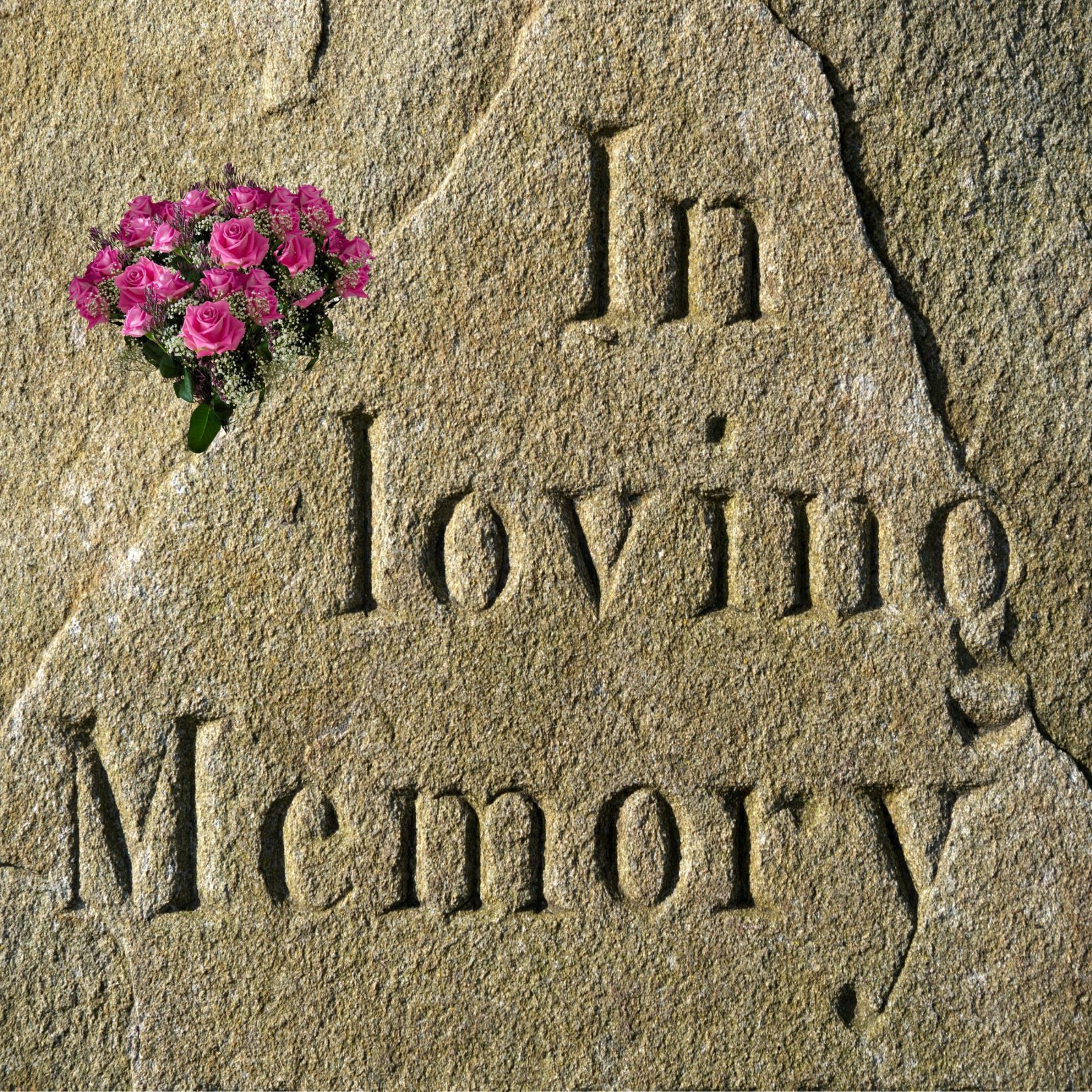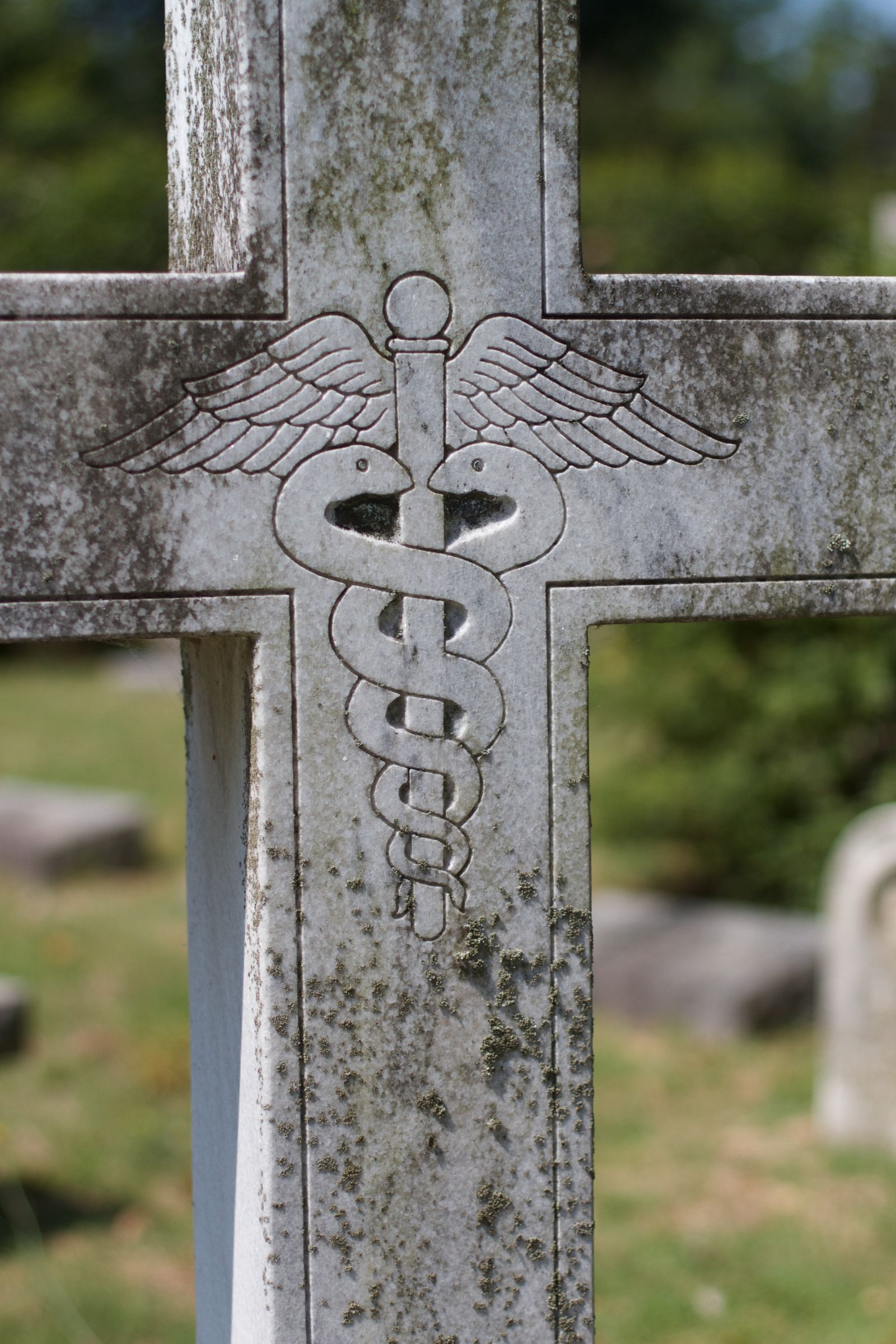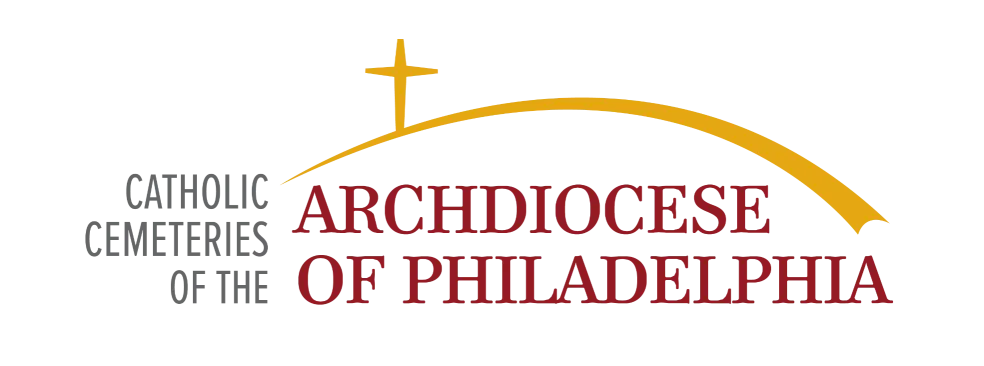Catholic Headstone Symbols and Their Meanings

Pay a visit to any Catholic cemetery and it's likely you'll see any number of symbols and emblems on the gravestones and memorials within. Catholic headstone symbols are an old tradition stretching back centuries and while they might have originally been used to provide clues as to what the faithful might have done in life, today these symbols are often used to represent the legacy the deceased individual leaves behind.
In fact, today there's a whole language of gravestone symbols and their meanings, and if you know these meanings you can easily decode the messages left on these memorial markers, learning more about the person who was laid to rest within. Here's a quick primer on Catholic gravestone symbols, what these symbols mean, and how to go about choosing symbols for the gravestone of a loved one or even yourself.
The Natural World Represented in Stone
One of the most popular choices for Catholic gravestone symbols is images taken from the natural world. Flowers, trees, and animals are quite common, and each different plant or animal, when appearing on a gravestone or headstone, all have specific meanings. These can include:
- Oak leaves: A symbol of strength and honor, oak leaves, usually accompanied by acorns, are used to indicate a steadfast and enduring individual.
- Lilies: Lilies are symbols of innocence and purity and are associated with virginity. An individual who surrendered to God's will and grace is often memorialized by lilies.
- Clovers: Associated with St. Patrick, three-leaf clovers are used to represent the Holy Trinity or Irish descent.
- Vines and ivy: When present on a tombstone, ivy and vines stand for fidelity and friendship, indicating someone who was a trusted friend. Vines also represent immortality and rebirth, associated with eternal life in the hereafter.
- Roses: If white, roses are a symbol of purity, much like lilies. Red roses indicate martyrdom. Any color rose is indicative of eternal love and devotion.
- Cardinals: Long known as symbols of vitality, these birds are emblematic of life, restoration, and hope for an everlasting future.
- Roosters: A symbol of spiritual awakening, the rooster is also associated with St. Francis of Assisi and the Franciscan order, which is rooted in the celebration of life. Franciscans were also known for having great affection for animals.
- Laurel wreaths: Traditionally awarded as symbols of victory, a laurel wreath, when appearing on a gravestone, can indicate accomplishments in life of any kind.
While You're Here - Did You Know?
One of the greatest gifts we can leave our loved ones is to remove the stress of planning a funeral for us.
Advanced planning allows you to select the details of your own funeral — from the type of burial to the inscription on your headstone — decades in advance. This benefits everyone by:
- Allowing you to tell your life story your way
- Saving years of inflation-related cost increases
Learn more about the gift of advance planning now.
- Sparing your family the stress of having to choose what you would have wanted and determining how to pay for it.
More Abstract Symbols

It's not just trees, flowers, and animals that appear on Catholic gravestones and headstones, of course. Many more abstract symbols are also common, and all of these have meanings as well. While some might be easy to grasp - a cross, for example, is instantly recognizable as a symbol of faith - there are others that are less clear. Here are a few of them.
- Horseshoes: Headstones with horseshoes can indicate two different things. First, horseshoes are considered good luck and are useful in warding off evil. Second, the individual buried within may have been involved in a profession that revolved around horses.
- Anchors: A symbol of hope, the anchor is conversely known as the "crux dissimulata," or "different cross." Anchors are, in fact, "hidden" crosses that were used as an early symbol of Christianity when the faithful were still being persecuted. The open bottom curve of the anchor stands for receptivity to spiritual matters.
- Books: Open books carved on headstones or gravestones can indicate that the one buried within was a lover of books, learning, or knowledge. A book can also represent the Bible, the Evangelists, or a specific prayer, especially when accompanied by details about a chapter and verse.
- Broken columns: One of the sadder Catholic gravestone symbols, columns that have intentionally been carved as broken indicate a life that ended young or too soon.
- Harps: As symbols of music in praise of God, harps are often employed on the gravestones of composers and performers, especially those who dedicated their lives to worship.
- Inverted torches: As lit torches are symbols of everlasting life and immortality, an inverted torch, while still depicted as lit, is a symbol of life in the next realm as the soul passes from the material world.
- Angels: one of the most common symbols accompanying Catholic headstones, angels are placed as guardians of tombs and messengers of God. Depending on the pose of the angel, there are different meanings; open wings represent the flight of the soul to the afterlife, while weeping angels indicate grief, often due to an early death. Specific angels can also be identified by what they carry. Gabriel, for example, holds a horn, while Michael wields a sword.
Choosing Catholic Gravestone Symbols Yourself
If you're responsible for designing a gravestone for a deceased loved one, or even if you're choosing design elements for your own gravestone, you have plenty of choices from the list above as well as others. Deciding on the ones you want can be a personal choice, or you can speak with family members, your local parish priest, or someone at a local cemetery or funeral home.
Specific cemeteries may have shape and size limitations when it comes to the types of gravestones and headstones their plots can accommodate. You will need to consult directly with the cemetery office to ensure you have the information you need to begin planning, as this will point you in the right direction. Ultimately, however, remember that Catholic gravestone symbols are meant to both commemorate the life of the individual and also to pay homage to their faith as a member of the Catholic church.
